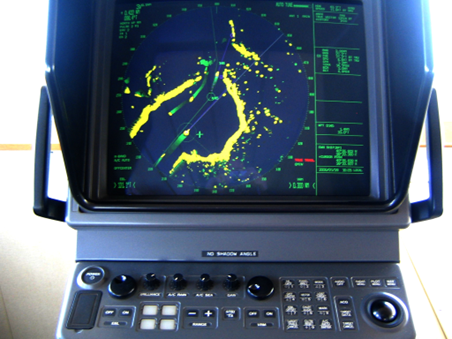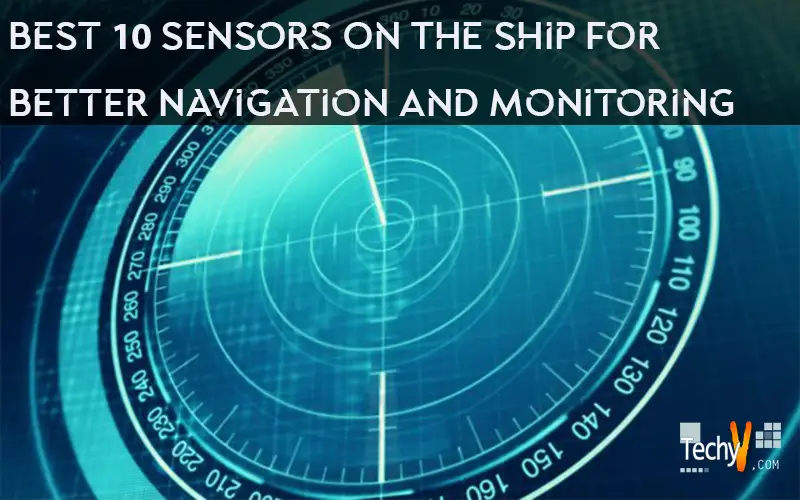Sailing at sea has become safer and smoother due to modern sailors’ training to understand how all navigational equipment operates. Today’s ship is outfitted with several cutting-edge navigation equipment systems that provide precise voyage data, thanks to modern facilities and automation. The need for a ship navigation officer to use creative means of planning and navigating a sea voyage is no longer necessary. Additionally, modern seafarers are trained to understand the operation of all navigational equipment, improving maritime travel’s safety and smoothness.
1. Speed Log
When determining performance, the speed log is a crucial source of information. The calibration and manufacturer of the sensor affect its accuracy. An offset between the speed log reading and the actual speed indicates the need for calibration. The information provided by various speed log manufacturers varies in terms of accuracy.
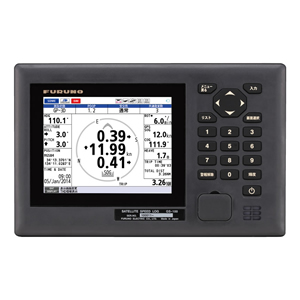
2. Motor Shaft
An electric motor that outputs power to a shaft is a gross motor. The motor has a power output of around 6 MW, and the shaft power is transmitted at the following speed range.
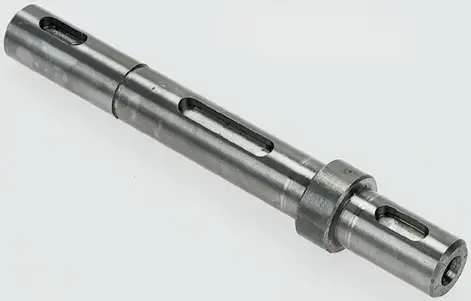
3. Radar
Marine vessels rely on an S-band and X-band radar system for navigation because it can identify targets and show information on the screen, such as the ship’s distance from the ground, any floating objects (islands, rocks, icebergs, etc.), other vessels, and obstacles to avoid the collision.
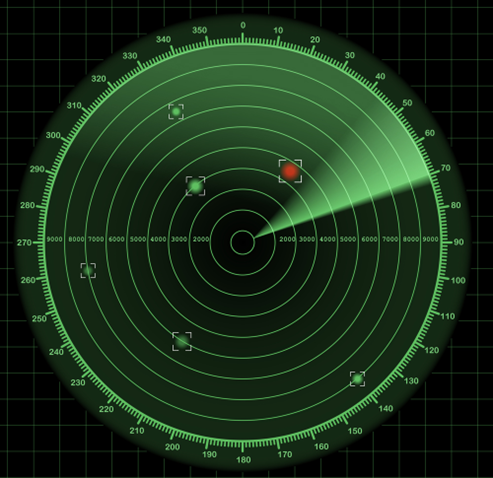
4. Meter For Thrust
There would be too much inaccuracy if it measured thrust with strain gauges because the measurements would be 35 microstrains. Consequently, alternative methods should be used. The thrust meter is therefore built with high-definition sensors.
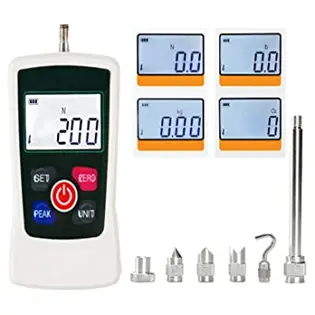
5. An Echoing Sound
The ship has two sensors: one at the approximate accommodation and one in the bow. The transducer’s frequency ranges are in the 28 to 210 kHz range, and the measurement accuracy is roughly 2.5% of the depth being gauged. For navigational purposes, the echo sounder is used in confined waters, and its frequency is set to 50 kHz.
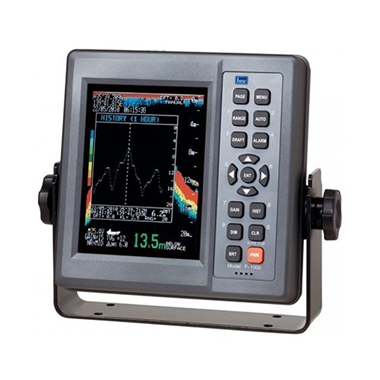
6. Rudder Indicator
The rudder indicator continuously measures the rudder angle with an accuracy of +/- 0.5 ° at angles close to midship and +/- 1.5 ° above the rudder. Throughout service, the rudder’s direction may change frequently. There may be a lot of reasons for this:
- The rudder angle measuring tool has an index error.
- Constant rudder angle to counteract the rotation of the right propeller.
An ongoing yaw effect on the superstructure and container cargo due to the ship’s hull or wind action
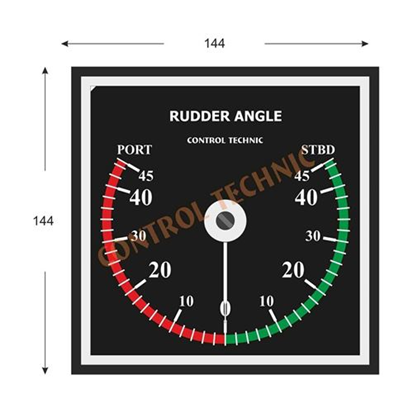
7. The Torque Meter And RPM
Strain gauges are typically used to measure propeller torque. A propeller shaft has load cells mounted on it that measure the lengthening of the shaft as a result of forces and moments. Stresses become deformations, and these stresses determine the shaft’s deformation.
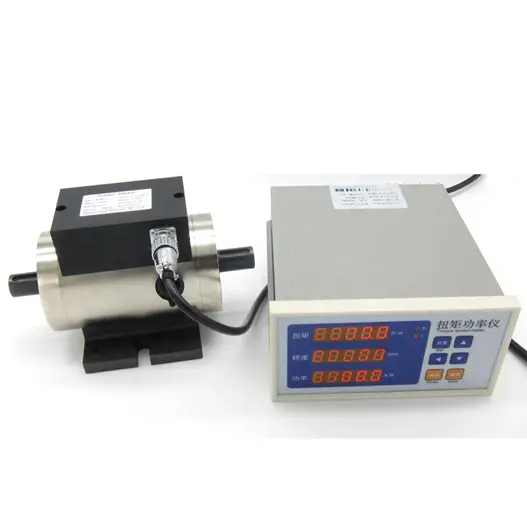
8. Wind Anemometer
A blade on the helical wind anemometer is used to gauge wind direction. According to the general rule that anemometers should be installed as high and as far on the ship as possible so that there is no distortion of the air flow entering the anemometer, it is installed in the bow of the mast.
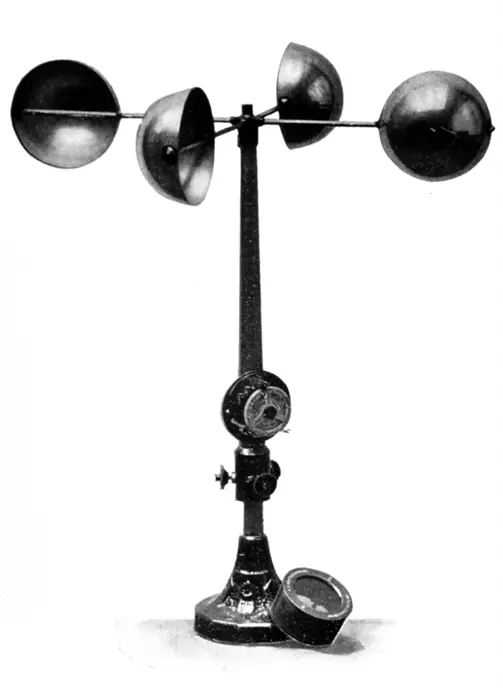
9. Monitoring Of Ship Performance And Fuel Optimization System
Marine Digital is resolving every issue that could arise while monitoring vessel performance. Data from various vessels are gathered, but it is also processed and interpreted, reports are produced, charts are delivered to the vessel’s navigation system (ECDIS), and suggestions for the best course are made based on weather, fuel consumption, and other data from the ship.

10. Arpa
An automatic radar plotting aid shows the ship’s position and other nearby vessels. The radar shows the locations of nearby ships and determines the ship’s course to steer clear of any collisions.
